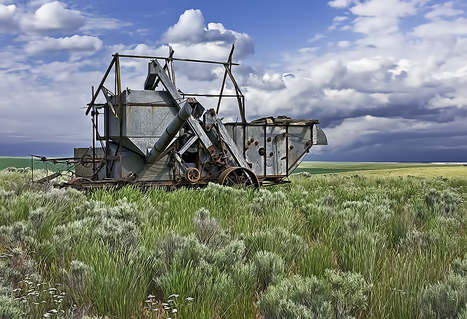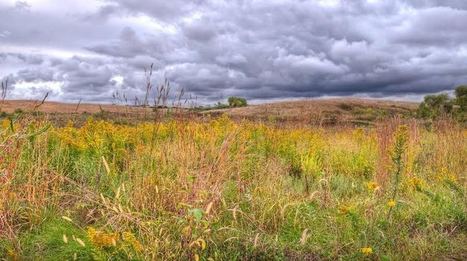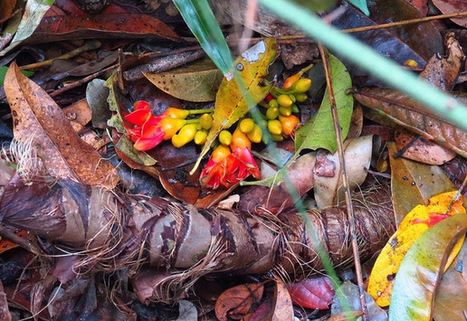Research and publish the best content.
Get Started for FREE
Sign up with Facebook Sign up with X
I don't have a Facebook or a X account
Already have an account: Login
 Your new post is loading... Your new post is loading...
 Your new post is loading... Your new post is loading...

Max Hardy's curator insight,
March 28, 2015 9:24 PM
Great story. If you are into systems theory, appreciative inquiry and ecology, then check this out. Yes, we can become collective smarter about so many things. |
|















